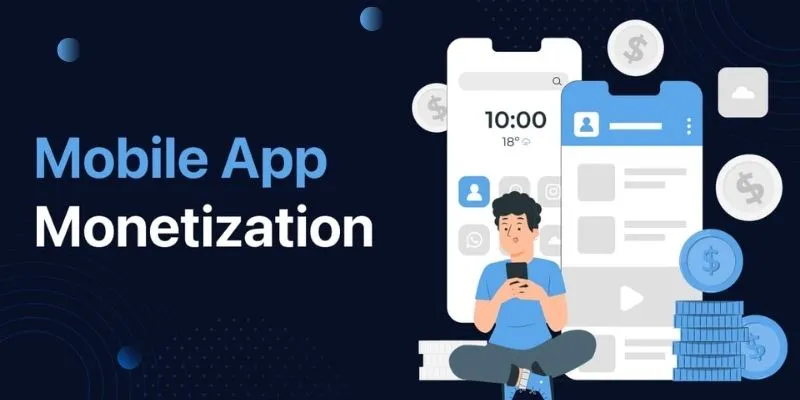
In today’s competitive mobile app industry, creating a unique and user-friendly app is only the start. To ensure long-term viability and profitability, app developers should consider appropriate monetization tactics. This blog discusses twelve tried-and-true strategies for monetizing mobile apps, assisting developers in determining the optimal route for their individual needs and goals. Are you looking to advance your career in Android? Get started today with the Android Training in Chennai from FITA Academy!
Effective Mobile App Monetization Strategies
1. In-App Purchases
In-app purchases (IAPs) are among the most popular monetization tactics. Developers can improve the user experience while increasing money by providing additional features, virtual products, or premium content. This strategy is ideal for games and apps that provide continual value to users.
2. Freemium Model
The freemium model which allows customers to download and use the software for free while selling premium features for a fee. This method draws a high number of users and turns a small percentage into paying clients. To keep users engaged, there must be a balance of free and paid features.
3. Subscription-Based Model
A subscription-based strategy involves charging users a recurring price (monthly, quarterly, or annually) to gain access to all of the app’s features or content. This technique generates consistent revenue and promotes long-term user retention. It’s especially effective for apps that provide frequent updates or continuing services.
4. In-App Advertising
In-app advertising comprises displaying advertisements within the app to generate revenue. Advertisements can take vairous forms, including banners, interstitials, and rewarded videos. This strategy is excellent for free apps with a big number of users, but adverts must not impair the user experience.
5. Sponsored Content
Sponsored content is working with brands to promote their products or services within the app. This may include native adverts, sponsored articles, or branded content. It’s a terrific method to generate cash while also giving relevant material to users, but it needs to be integrated carefully to avoid disrupting their experience.
6. Affiliate Marketing
Affiliate marketing enables app developers to earn commissions for advertising third-party items or services. Developers can make money off of user purchases or actions by including affiliate links or recommendations. This method works effectively for apps that include content or e-commerce functionality.
7. Pay-Per-Download
The pay-per-download approach charges consumers a one-time cost to download the program. This technique may be beneficial for apps that provide unique or expensive features. However, in order to attract downloads, the app’s usefulness must justify the cost. Learn all the Android Development and Become an Android Developer. Enroll in our Android Online Course.
8. Licensing and White Labeling
Licensing and white labeling entails selling the app’s technology or branding to other businesses. This could involve providing the app’s source code or allowing other firms to rename the app for their own usage. This method has the potential to generate big revenue, but it requires a robust software with distinctive features.
9. Crowdfunding
Crowdfunding entails raising funds for app development via platforms such as Kickstarter or Indiegogo. By providing incentives or early access to backers, developers can collect income while verifying their app idea. This strategy can also aid in the formation of a community of supporters.
10. Donations
If your app offers great value to consumers, consider including a contribution feature. This method is effective for apps that provide free services or content but rely on user support to survive. Providing an easy mechanism for users to contribute can help earn cash while keeping the software free.
11. Data Monetization
Data monetization entails using user data to create cash. This may involve selling anonymized data to third parties or using it to generate targeted advertisements. It is critical to manage user data ethically and transparently in order to preserve confidence and comply with privacy requirements.
12. Physical Goods and Merchandise
If your app has a strong brand or following, think about selling tangible goods or stuff. This may include branded apparel, accessories, or other app-related things. This method not only increases revenue but also improves brand awareness and loyalty.
The ideal monetization approach for your app is determined by its nature, target audience, and company goals. Whether you use in-app purchases, subscriptions, or advertising, you must ensure that your chosen strategy satisfies customer expectations and enhances their experience. By thoroughly researching and implementing these strategies, you may turn your app into a profitable venture while still offering value to your customers. Looking for a career as an Android developer? Enroll in this Advanced Training Institute in Chennai and learn about Android techniques and tools from experts.
Read more: Android Interview Questions and Answers
